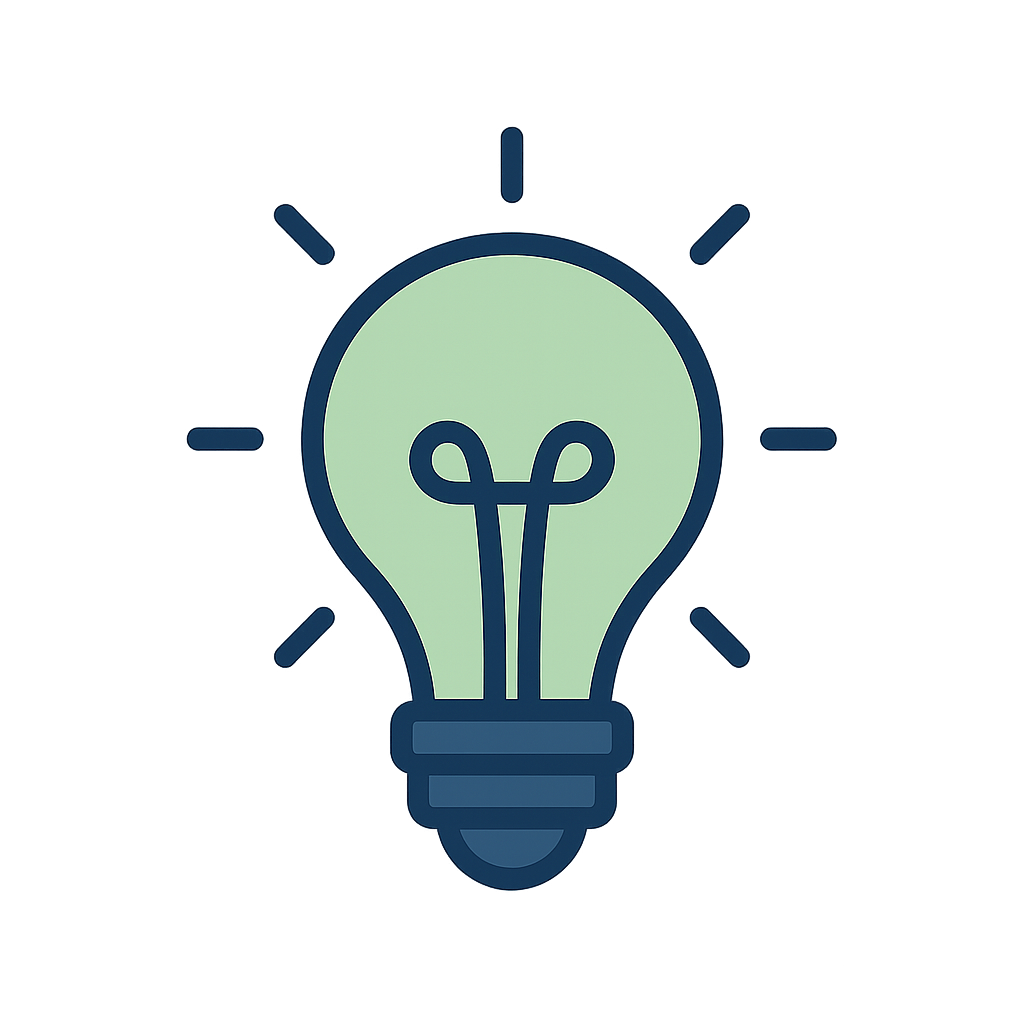

All Levels Welcome
From beginners to pros, everyone can benefit.

Study and Practice
Fun, fast-paced learning to keep you engaged.

Track Progress
Monitor your growth and celebrate your wins.
Pre-kindergarten
Build early foundations through playful learning, focusing on language basics, number awareness, and essential motor skills.
Kindergarten
Introduce structured learning with reading readiness, simple sentences, counting, and problem-solving to spark curiosity and growth.
First grade
Develop strong reading fluency, expand vocabulary, practice sentence writing, and strengthen addition, subtraction, and number sense skills.
Second grade
Grow comprehension and grammar skills, explore narrative writing, and master place value, measurement, and problem-solving strategies in math.
Third grade
Strengthen reading comprehension, explore parts of speech, write organized paragraphs, and apply multiplication, division, and fractions in math.
Fourth grade
Advance vocabulary and writing structure, analyze texts, and deepen math knowledge with decimals, geometry, and multi-step problem-solving.
Fifth grade
Enhance critical reading and essay writing skills while mastering fractions, percentages, and real-world math applications with confidence.
Adult learning
Refine advanced grammar, vocabulary, and communication for professional success, while building practical math skills for everyday problem-solving.